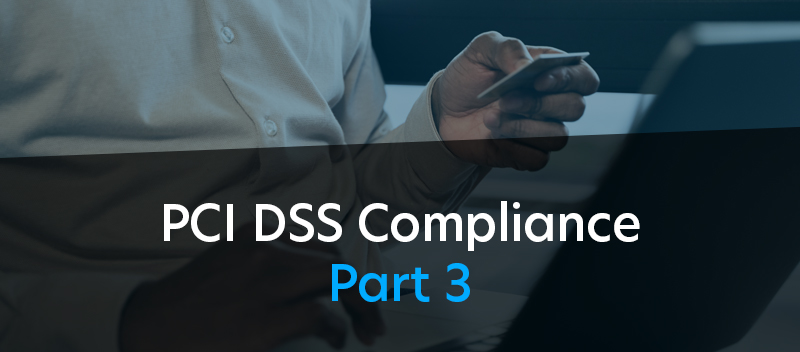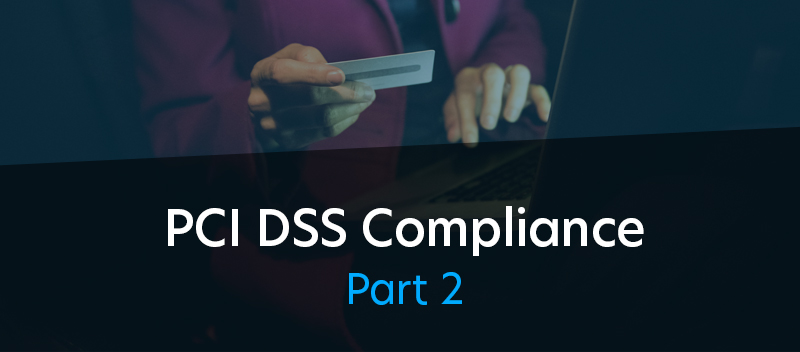Vulnerability Assessment vs. Penetration Testing: Which Approach Suits Your Cybersecurity Needs?

Vulnerability assessment and penetration testing are essential yet distinct methodologies in cybersecurity aimed at identifying and fortifying weaknesses within IT infrastructures.
While vulnerability assessment focuses on systematically reviewing and prioritizing security weaknesses without exploitation, penetration testing adopts a more aggressive stance, simulating real-world attacks to exploit these vulnerabilities and assess the potential for unauthorized access or malicious activity.
Together, they form a comprehensive approach to enhancing an organization’s cybersecurity posture, each playing a unique role in the broader strategy to safeguard digital assets against emerging threats. Keep reading to learn more.
Understanding Vulnerability Assessment
The core of a vulnerability assessment lies in a structured process that ensures all potential vulnerabilities are identified, understood, and addressed according to severity.
This process can be broken down into several key stages:
1. Identification: The first step involves scanning the system or network to identify existing vulnerabilities. This includes software flaws, missing patches, or misconfigurations.
2. Classification: Once identified, vulnerabilities are categorized based on their nature and potential impact. This helps in understanding the type of threats they might pose.
3. Prioritization: Not all vulnerabilities pose the same level of risk. They are prioritized based on factors such as their exploitability, the value of the affected asset, and the potential impact of an exploit. This ensures that resources are allocated to address the most critical vulnerabilities first.
Various tools and methodologies are employed to facilitate a comprehensive vulnerability assessment:
- Automated Scanning Tools: Various software applications are widely used for automated vulnerability scanning. They can quickly identify known vulnerabilities across various systems and applications.
- Manual Testing Techniques: In some cases, manual testing is necessary to uncover vulnerabilities that automated tools might miss. This can include manual code review and the inspection of system configurations.
- Risk Assessment Frameworks: Frameworks such as SOC and ISO/IEC 27001 provide guidelines for conducting vulnerability assessments as part of broader risk management strategies.
Organizations can significantly enhance their cybersecurity posture and reduce the risk of a successful cyber-attack by systematically identifying, classifying, and prioritizing vulnerabilities and employing a mix of tools and methodologies.
Learn more about our cybersecurity and compliance services Here
Exploring Penetration Testing
Penetration Testing, often referred to as “pen testing” or “ethical hacking,” is a proactive and offensive approach to evaluate an IT infrastructure’s security by safely exploiting vulnerabilities.
Penetration testing involves:
- Simulating Cyber Attacks: Ethical hackers, or penetration testers, employ the same tactics, techniques, and procedures (TTPs) as adversaries to simulate real-world attacks on networks, applications, or other systems. The goal is to identify exploitable vulnerabilities before malicious actors do.
- Safe Exploitation: Unlike actual cyber-attacks, penetration testing is conducted in a controlled environment to prevent damage to the IT infrastructure. It provides valuable insights into how an attacker could breach a system and the potential consequences of such a breach.
- Comprehensive Reporting: The final step involves documenting the findings, which include detailing the vulnerabilities that were exploited, the data that was accessed, and recommendations for remediation to prevent future breaches.
There are three main types of penetration testing:
- Black Box Testing: This approach simulates an attack from an outsider’s perspective, with little prior knowledge of the target system. It’s useful for understanding how an attacker might access the system from scratch.
- White Box Testing: Also known as clear box testing, this method provides the tester with complete knowledge of the infrastructure being tested, including network diagrams, source code, and credentials. White Box Testing comprehensively evaluates internal security controls and processes.
- Grey Box Testing: A blend of Black and White Box Testing, Grey Box Testing gives testers partial knowledge of the system. This approach effectively assesses the level of access an insider might achieve and how far they can navigate the system.
Each type of penetration test offers unique insights into an organization’s security posture, allowing for a well-rounded assessment of vulnerabilities.
Comparative Analysis of Vulnerability Assessment and Penetration Testing
Let’s recap the differences in scope, methodology, and objectives.
Scope:
— Vulnerability Assessment: Focuses on identifying and listing vulnerabilities within a system or network. It covers many assets, providing a comprehensive overview of potential security weaknesses.
— Penetration Testing: Concentrates on exploiting identified vulnerabilities to assess the real-world impact of a breach. Its scope is typically narrower, focusing on critical systems and high-risk vulnerabilities.
Methodology:
— Vulnerability Assessment: Utilizes automated tools to scan systems for known vulnerabilities. It’s a more systematic and less intrusive approach, primarily based on vulnerability databases and configurations.
— Penetration Testing: Employs automated and manual techniques to simulate cyber-attacks. This approach is more hands-on and aggressive, aiming to breach systems using any available vulnerability.
Objectives:
— Vulnerability Assessment: Aims to identify as many vulnerabilities as possible to create an inventory of all potential security issues. The objective is more about breadth than depth.
— Penetration Testing: Seeks to understand the depth of each vulnerability by attempting to exploit them. The primary goal is determining specific vulnerabilities’ actual risk and impact on the organization’s security.
Overall, vulnerability assessments and penetration tests complement cybersecurity strategies. Integrating both empowers organizations with a comprehensive understanding of their security posture, facilitating the development of a stronger, more resilient defense against cyber threats.
Choosing the Right Approach for Your Cybersecurity Needs
Selecting the appropriate strategy—whether it’s a vulnerability assessment, penetration testing, or a combination of both—is paramount to safeguard an organization’s digital assets effectively.
Several critical considerations can guide the decision-making process:
Scope and Depth of Security Needs:
- A vulnerability assessment might suffice if the goal is to gain a broad understanding of potential vulnerabilities. However, a penetration test is more appropriate for insights into how an attacker could exploit these vulnerabilities.
Resources and Budget:
- Vulnerability assessments are generally less resource-intensive and cheaper than penetration tests because they rely on automated tools to identify vulnerabilities. The latter involves manual efforts to exploit vulnerabilities and requires more time and skilled personnel, thus increasing the cost.
Regulatory and Compliance Requirements:
- Certain industries have specific compliance standards that may dictate the need for one approach or require both. Understanding these requirements is crucial in making an informed choice.
Previous Security Assessments:
- An organization’s history of security assessments can influence the decision. If previous vulnerability assessments have been conducted without subsequent exploitation testing, it might be time to consider a penetration test for a deeper security analysis.
Ultimately, customizing a cybersecurity approach to align with an organization’s specific needs and objectives is crucial for effective security implementation. Most importantly, cybersecurity demands continuous evaluation and adaptation to address evolving threats and changes within the IT landscape.
Elevating Cybersecurity with Vulnerability Assessment and Penetration Testing
Deciding between vulnerability assessments and penetration testing—or determining the necessity for a hybrid approach—requires carefully considering several factors. Organizations should aim for a tailored strategy that aligns with their unique needs and security goals, ensuring that the chosen methodologies provide the most comprehensive protection against cyber threats.
Businesses exploring the complexities of vulnerability assessments and penetration testing will find TrustNet an ideal partner that provides abundant resources, tools, and expertise. Partnering with TrustNet assists organizations in making knowledgeable decisions to reinforce their cybersecurity defenses against present and forthcoming threats.




